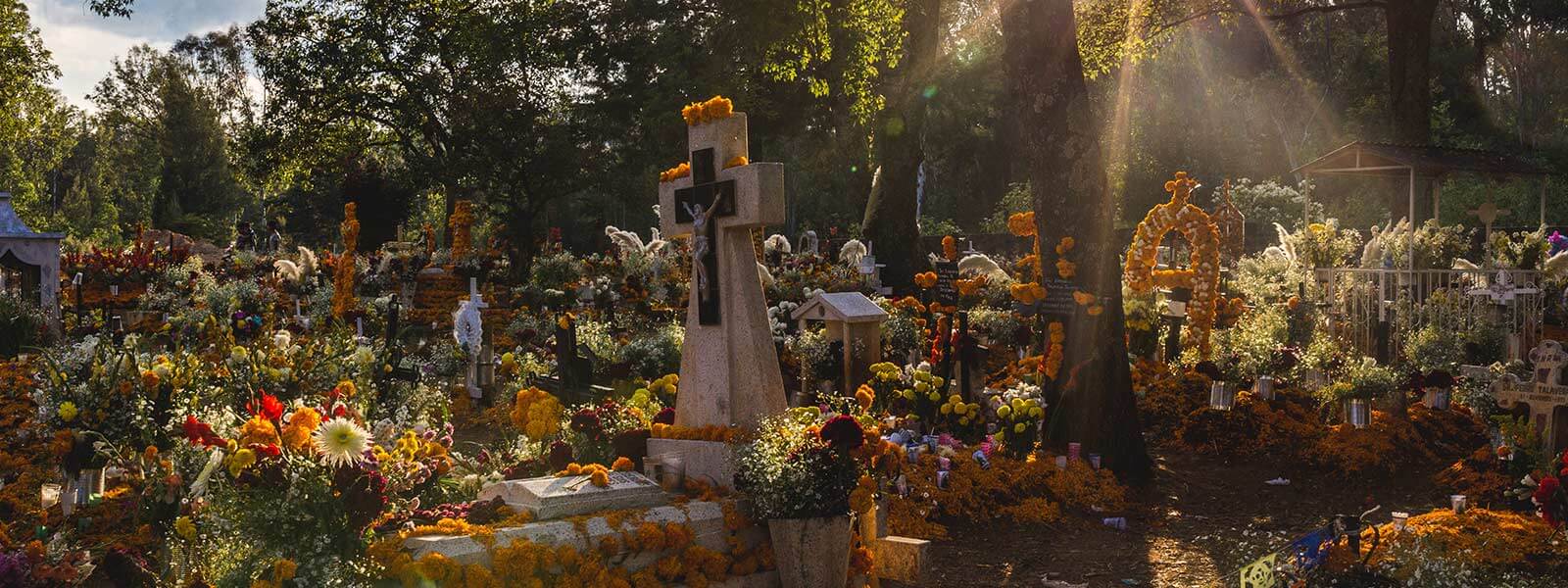
Every year in Spain the controversy is rekindled and we argue about whether Halloween is an “imported” holiday or not and about how “disrespectful and sinister” it is. But if we take a closer look, we can see that there are traditions in Spain that may just rival this “dark festival.” Let’s take a look at a few examples.
In Galicia, with its strong Celtic influence, Samhain has been celebrated for many years. It is customary to make bon fires with wood from sorbus and taxus trees (which are both sacred trees to the druids) for the festival. Many people also remember that long before there was any talk of Halloween, people carved pumpkins with monstrous faces in many towns in Galicia. The goal was to scare away evil spirits.
Other towns in the north of Aragon also make claim to the art of pumpkin carving. In most of them, the tradition is to carve pumpkins, light candles or put other types of lights in them, and place them along paths or trails so that spirits don’t get lost on their way to the afterlife. In Alicante, people put the candles in their windows, but the objective is the same.
In some towns in Jaén, a strange celebration also takes place on the night of the dead. Young people bring pots full of thick dough into the streets and cover door locks with it. The belief is that by covering the locks, lost souls of the dead can’t get into people’s homes. In other places like Cuenca (in Castilla-La Mancha), the tradition is to throw little lighted wicks, that they call “butterflies,” into a container full of oil.
In various towns in Castilla, different associations organize processions in honor of the dead. They are solemn events in which those present walk through graveyards reciting the rosary. Some folklorists think the “Santa Compaña” (a ghostly procession of the dead) may come from the misinterpretation of one of these very processions.
In various places in Extremadura and the two Castillas, there is a tradition that says a young woman must run through the streets of town at sundown, ringing a bell. The ringing is meant as a prayer for the souls left in purgatory.
On the Canary Islands, they have a moving tradition called “Los Finaos,” in which the elderly tell stories about those who are no longer with us while everyone shares dried fruit and nuts with rum or sweet wine.
As you can see, in Spain there are many traditions that can compete with Halloween. Maybe we just need to revive them.
-
 Most beautiful beaches in Spain Beautiful beaches in Spain. Discover the most beautiful beaches in Spain to visit on vacation with Enforex. Most beautiful beaches in Spain.
Most beautiful beaches in Spain Beautiful beaches in Spain. Discover the most beautiful beaches in Spain to visit on vacation with Enforex. Most beautiful beaches in Spain. -
 Spanish Christmas carols Spanish Christmas carols. Improve your vocabulary and learn Christmas songs in Spanish for all levels with Enforex.
Spanish Christmas carols Spanish Christmas carols. Improve your vocabulary and learn Christmas songs in Spanish for all levels with Enforex. -
 Spanish fairy tales Spanish fairy tales. Discover the most popular folk tales in Spanish to practice and continue improving in the language.
Spanish fairy tales Spanish fairy tales. Discover the most popular folk tales in Spanish to practice and continue improving in the language.


